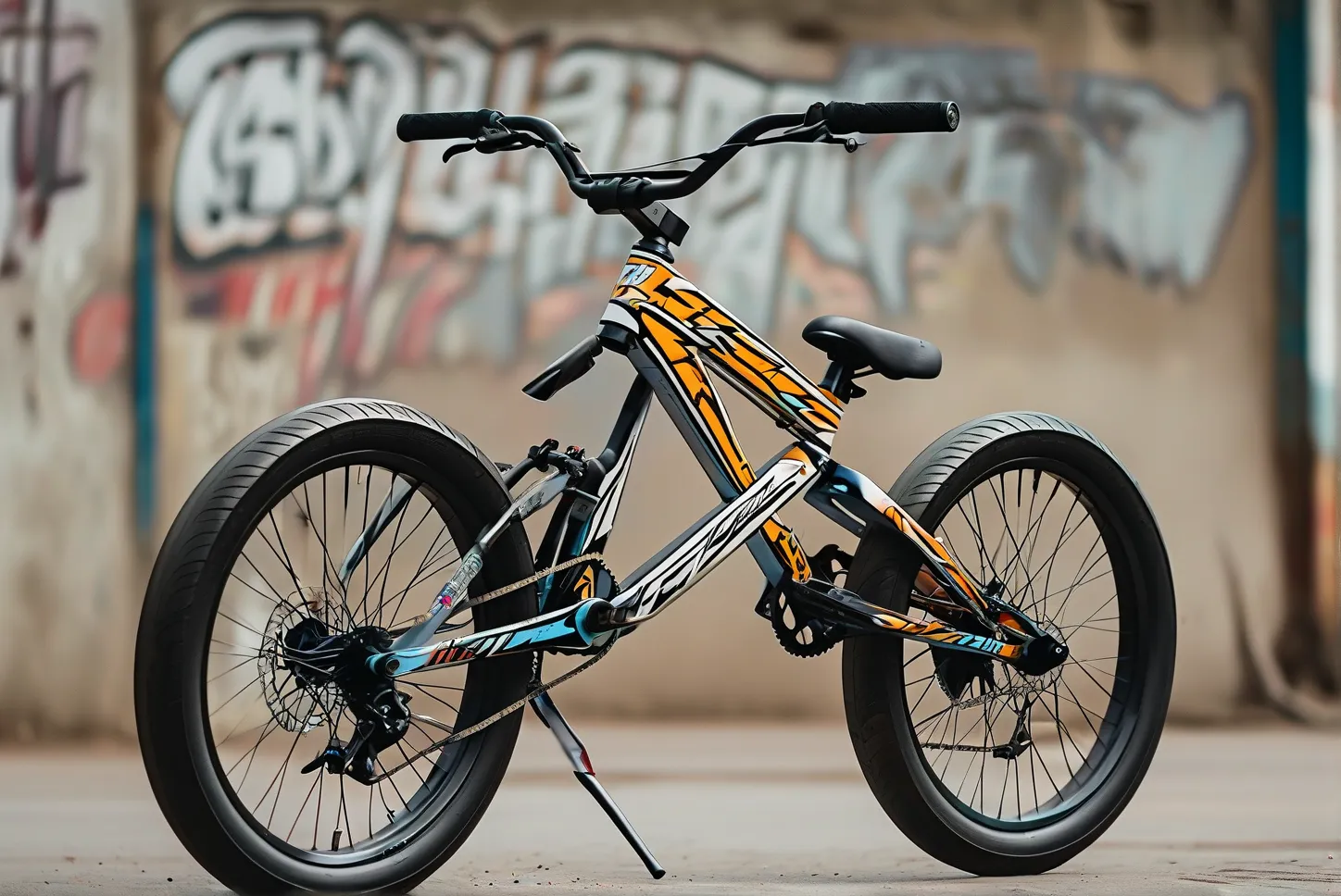As urban riding and pro stunt BMX culture continues to thrive, selecting the right lightweight bike becomes critical for performance and safety. Riders need a machine that balances agility with durability, but navigating the market’s endless options can be overwhelming. Let’s break down what truly matters when choosing a pro-level BMX for high-impact tricks and city terrain.
1. Prioritize Frame Material and Weight
A lightweight frame is non-negotiable for stunts like tailwhips or barspins, but durability can’t be sacrificed. Chromoly steel remains the gold standard for professional-grade BMX bikes due to its strength-to-weight ratio. Look for 100% chromoly frames (not just “chromoly main tubes”) from trusted brands like Sunday Bikes or WeThePeople. Top models, such as the Sunday Forecaster, weigh under 25 lbs while maintaining ISO 4210 safety certifications – essential for handling urban obstacles and park ramps.
Pro Tip: Avoid hi-tensile steel frames if you’re over 160 lbs – they’re heavier and prone to flex during hard landings.
2. Geometry Dictates Performance
Frame geometry impacts stability during technical tricks. For street riding, opt for a shorter backend (13.5″-14.5″ chainstay) to enhance maneuverability in tight spaces. Riders focusing on park/vert should consider slightly longer top tubes (20.5″-21″) for better air control. Brands like Cult and Kink offer customizable setups—many pro riders combine a 20.75″ top tube with a 75° headtube angle to balance responsiveness and stability.
3. Wheel Size and Rims: The Foundation of Control
While 20″ wheels dominate BMX, urban riders increasingly adopt 20.25″ or 20.5″ variations for added roll-over capability on rough streets. Double-walled aluminum rims (like Odyssey Quadrant) withstand grind tricks without adding bulk. For hub durability, sealed bearings outlast loose-ball systems, especially in wet conditions common to city riding.
4. Brake Systems: Weight vs Functionality
Many pro stunt riders remove rear brakes to save weight (~1-2 lbs), but newcomers should prioritize safety. U-brakes offer reliable stopping power without the bulk of disc systems—ideal for tech street riding where sudden stops are frequent. Lightweight options like Odyssey Springfield brakes paired with clear Kevlar brake pads perform well in all weather conditions.
5. Cranks & Bottom Brackets: The Power Transfer Puzzle
Three-piece chromoly cranks (48-spline preferred) provide the stiffness needed for explosive pedal grinds while shaving weight compared to traditional one-piece designs. Mid-range bottom brackets (22mm axle) strike the best balance between weight savings and impact resistance—critical when hucking down stair sets or ledges.
6. Tire Selection: Urban Terrain Mastery
Street tires require a hard durometer rating (65-80a) for slide control during pivots and wall rides without sacrificing grip on concrete parks. Vee Tire Co.’s Speed Booster line combines a lightweight folding bead with an optimized center ridge pattern that rolls fast while maintaining sideways traction during whips.
Price vs Performance Sweet Spots
Professional-level BMX bikes start at $450, but smart upgrades can elevate mid-range options:
– $500-$800: Best value (e.g., Kink Whip XL)
– $800-$1,200: Pro-spec components (e.g., Fit TRM)
– $1,200+: Custom builds (sub-22 lbs possible)
Contrary to popular belief, lighter ≠ better in BMX – national champion Chad Kerley rides a 26 lb setup emphasizing impact absorption over minimalism.
Maintenance Checklist for Longevity
Even premium bikes need care:
– Weekly: Check spoke tension & headset play
– Monthly: Re-grease bearings using marine-grade grease
– Quarterly: Replace pivotal seat bushings
– Annually: X-ray weld inspection at certified shops
Industry data reveals most frame failures occur at the headtube junction – apply frame saver spray internally if riding in wet climates.
Your ideal BMX doesn’t exist off the rack – it’s built through understanding how each component serves your specific riding style and local terrain challenges.Test ride multiple setups at reputable shops like SourceBMX or Dans Comp before finalizing your build sheet.This hands-on approach ensures you get a featherweight ride that survives concrete jungles without compromising on pop or precision.**
